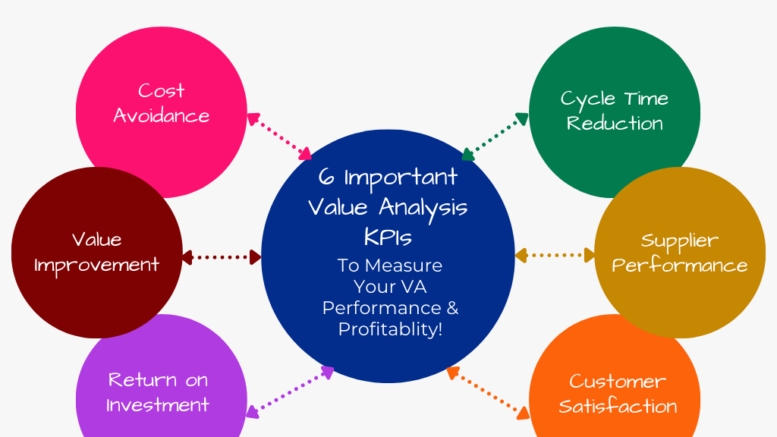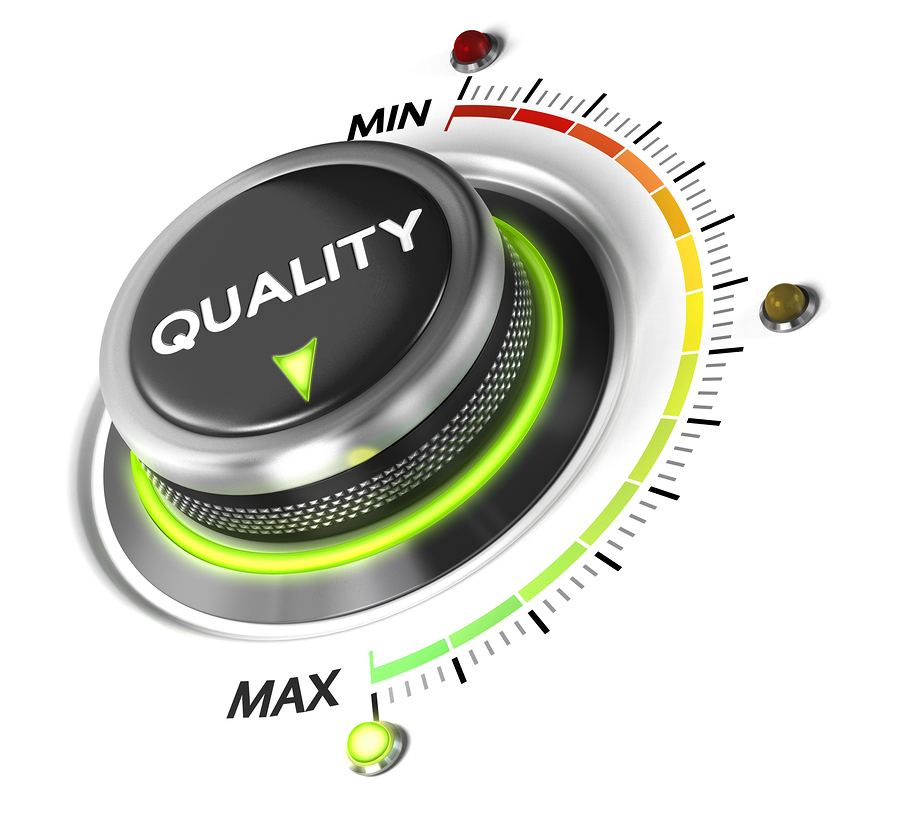“The bottom line on value analysis KPIs is that they can give you great information that you would not get from any other source.”
The Importance of Value Analysis in Healthcare
Value analysis is a crucial process for any healthcare organization looking to improve its performance and profitability. It involves functionally analyzing the value of the products, services, and technologies you purchase to identify areas for improvement and cost savings. Key performance indicators (KPIs) are essential metrics used to measure the success of your value analysis initiatives. In this article, we will discuss six important value analysis KPI metrics that you should track to effectively monitor your performance and make data-driven decisions.
The Role of KPI Metrics in Value Analysis
KPI metrics can play a vital role in value analysis. They provide a quantifiable measure of performance, allowing value analysis practitioners to track the success of their value analysis initiatives. By tracking these metrics, you can identify areas where the initiatives are performing well and areas where improvements are needed. This enables you to make data-driven decisions that can lead to increased performance and profitability.
Value Analysis KPI Metrics are Road Maps
The bottom line on value analysis KPIs is that they can give you great information that you would not get from any other source. Most importantly, KPIs can uncover cost and quality issues you may be having with the products, services, and technologies you are buying. They can show you patterns of positive and negative metrics that you will want to know about as well. Remember, KPIs are not all bad. You will want to compliment the Surgery Department Materials Manager when they are one of the best in the cohort for Suture Cost Per Surgery Case. Then again, you will also want to do a VA review if you are higher in your cohort with your suture costs. KPIs give you definite road maps to follow.
What is Measured Happens!
By simply tracking your value analysis and supply metrics, your healthcare organization can gain valuable insights into its performance and identify areas that require improvement. Here are six essential value analysis KPI metrics that you should know:
1. Cost Avoidance: This metric measures the amount of money saved by not implementing a value analysis or contract initiative. Many do not find cost avoidance to be actual savings because you did not spend the money in the first place. We have found that cost avoidance is a very real savings and should be counted as savings. If you did not perform any type of value analysis review, you would have spent this money.
2. Value Improvement: Value improvement metrics measure the increase in value provided to customers through value analysis. It helps you assess the effectiveness of your value analysis efforts in delivering better products or services. This could be in the form of improved utilization/consumption on products, recall mitigations, contract conversions, standardization initiatives, recycling, and reprocessing, to name a few.
3. Return on Investment (ROI): ROI measures the financial return on value analysis investments. It helps your healthcare organization evaluate the profitability of your value analysis initiatives and make informed decisions about resource allocation. Every contract and every initiative is more than likely going to come with the promise of savings attached to it, but you need to establish baseline metrics for each of these in order to truly know whether you have achieved your return on investment. Trust but verify!
4. Cycle Time Reduction: This metric measures the time taken to complete value analysis projects. It helps you identify bottlenecks in your processes and implement strategies to reduce cycle time, resulting in more efficient operations. I highly recommend that you measure this for your entire program, but you may also want to have metrics by team and perhaps by individual. We have found that some project leads or teams tend to roll through VA projects with a high level of quality results while others just plug along. You will want to tap into your own best practices within your organization or even benchmark with other similar organizations.
5. Supplier Performance: This metric evaluates the performance of suppliers involved in value analysis initiatives. It helps you to assess the quality, reliability, and efficiency of your suppliers, enabling you to make informed decisions about supplier relationships.
6. Customer Satisfaction: The customer satisfaction metric measures the level of satisfaction customers experience with the products, services, or technologies resulting from value analysis efforts. It helps you to understand customer preferences and expectations, enabling you to tailor your offers accordingly.
By tracking these six value analysis KPI metrics, you can gain valuable insights into your value analysis efforts, make data-driven decisions, and continuously improve your processes, products, and services. Remember, it may be a challenge to get everyone on the bus with tracking your metrics, but once you have these in place they will help guide your current and future plans for your VA program!
View 6 More Essential KPIs Here
| About Robert T. Yokl, Founder & Chief Value Strategist for SVAH Solutions |
|---|
| Robert T. Yokl is President and Chief Value Strategist at SVAH Solutions. He has four decades of experience as a healthcare supply chain manager and consultant, and also is the co-creator of the Clinitrack Value Analysis Software and Utilizer Clinical Utilization Management Dashboard that moves beyond price for even deeper and broader clinical supply utilization savings. Yokl is a member of Bellwether League’s Bellwether Class of 2018. https://www.SVAH-Solutions.com https://www.SavingsValidator.com |
Articles you may like:





